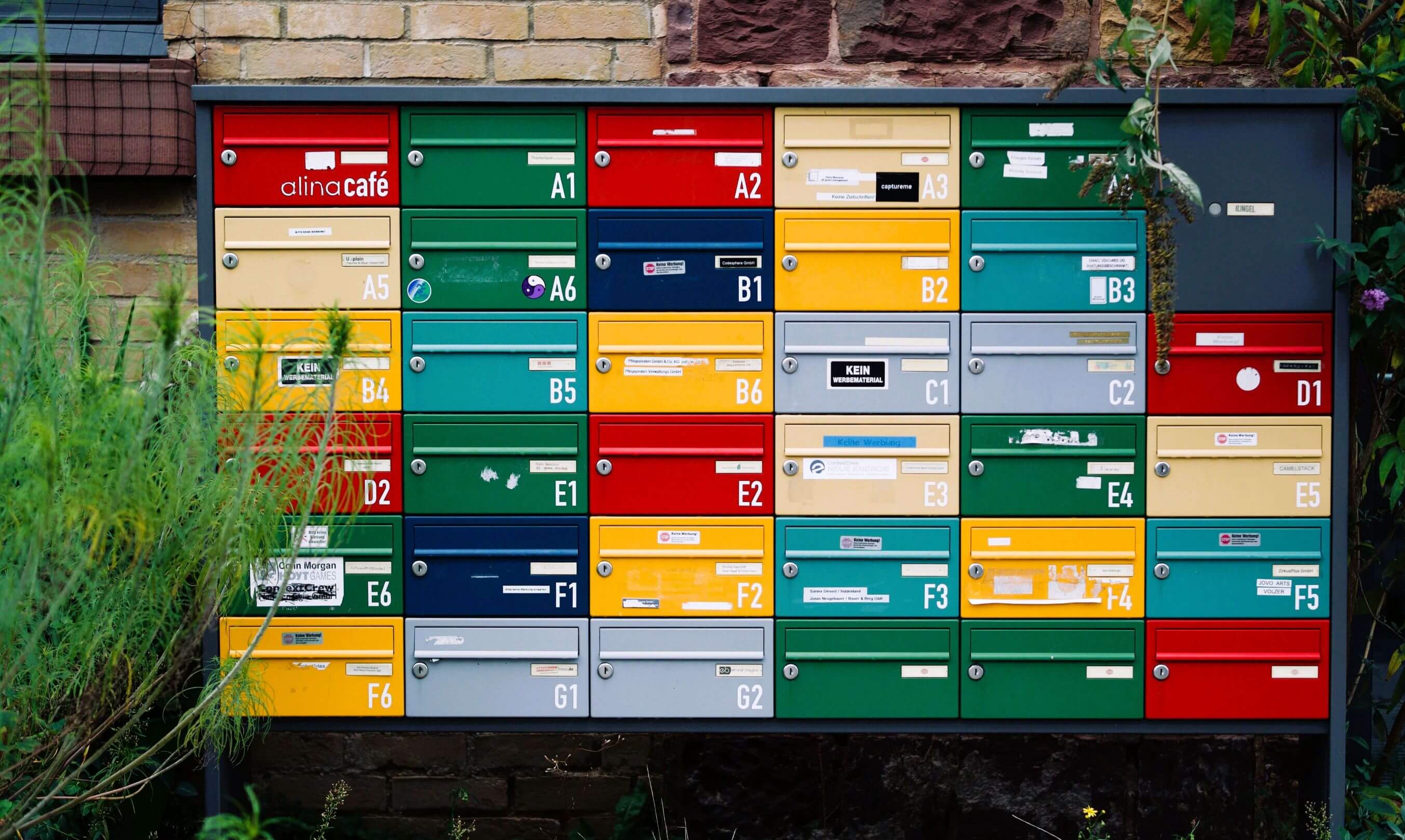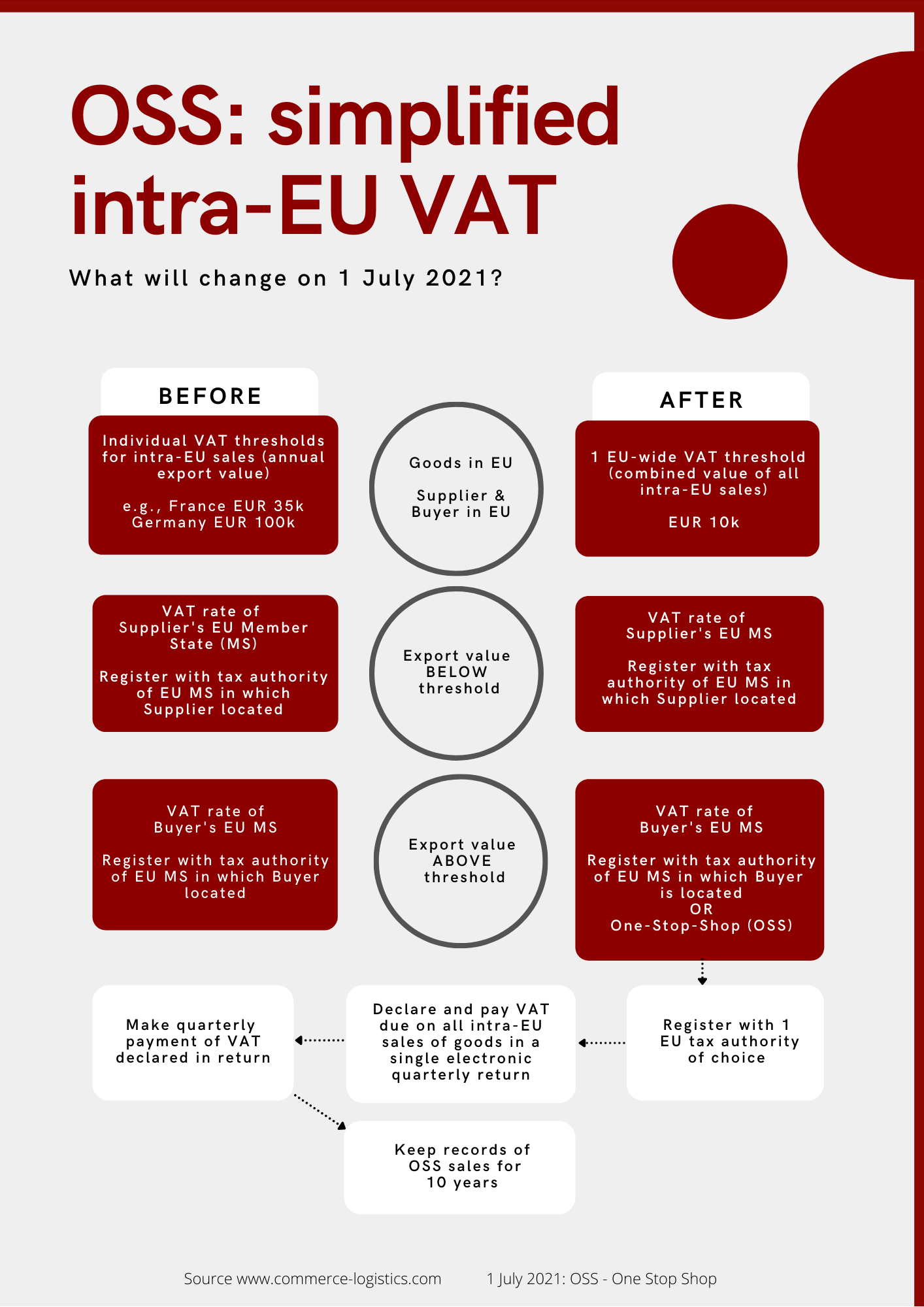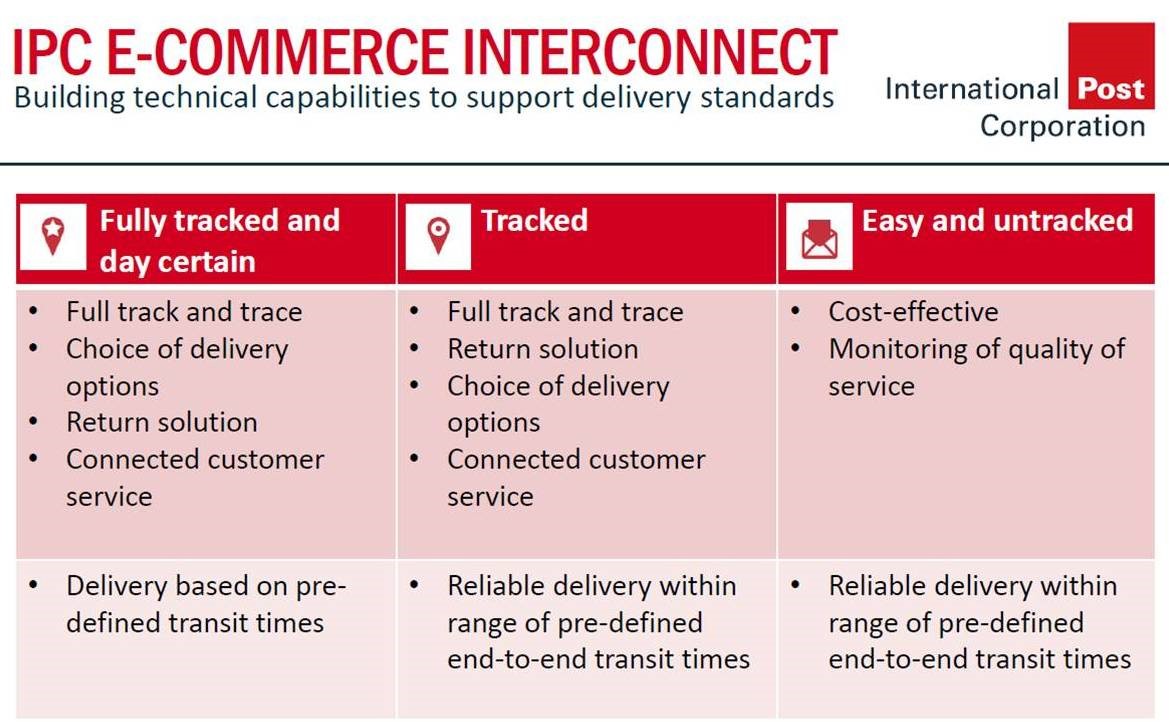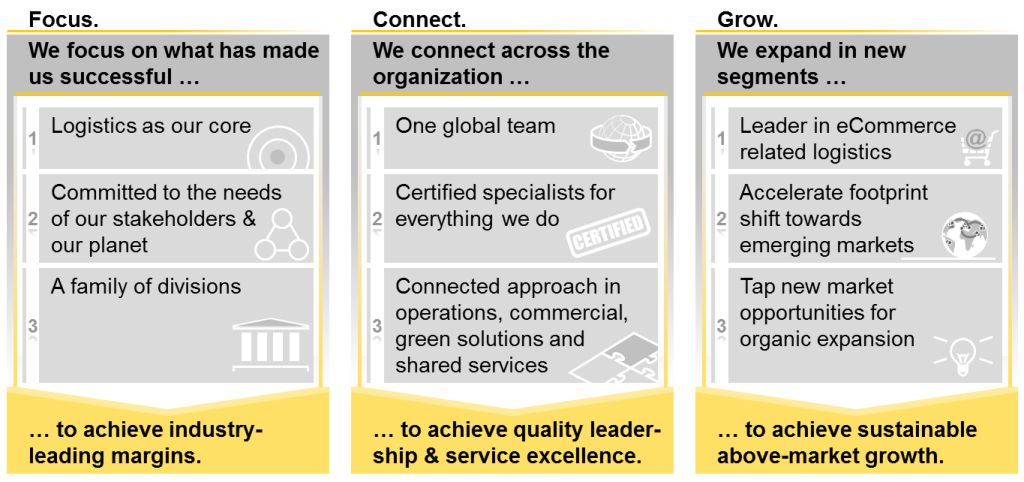- Home ›
- One Stop Europe ›
- Import Customs Clearance
Import Customs Clearance
Two Technical Reports (TR) create a level playing field for import customs clearance and the presentation of low value consignments into the EU by both posts & CEP operators from July 2021

At A Glance
The European Committee for Standardisation (CEN) has taken another important step towards creating the Digital Single Market. By publishing two new technical reports (TR) which convert UPU specifications only applicable to designated postal operators into CEN specifications open to all, the EU has opened up the market for import customs clearance and the presentation of low value consignments (LVC) into the EU. To date this privilege has been the exclusive preserve of the national designated operators.
UPU and CEN Memorandum of Understanding
As of 1 January 2021 — in less than 6 weeks — new Universal Postal Union (UPU) regulations stipulating the mandatory advance digital declaration of all cross-border goods and merchandise come into effect. Working closely with the World Customs Organisation (WCO) and IATA over the last decade, the UPU has developed an electronic advanced EDI data model to support the global application of this regulation.
In a coordinated response, in 2016 the European Commission, based on Art. 20 of the Postal Service Directive, mandated CEN to develop two guidance documents on converting messages compliant with the UPU-WCO customs data model into the EU customs, security and transport data model. This work has now been finished, and the guidance documents are now available to the public in the form of technical reports (TR).
1 July 2021 marks the end of the privilege enjoyed by the postal incumbents on presenting single low value consignments sent to the EU. From that date, all postal service operators in the EU — including courier, express and parcel delivery services and customs agents — will be entitled to pre-lodge customs declarations in advance, electronically, according to the EU Customs Data Model.
The technical reports provide them with the guidance for doing so:
1. CEN/TR 17536: Postal Services – Electronic advanced data (EAD) in postal operations compliant to security and customs requirements
This TR provides the semantic mapping description of information on the characteristics or attributes of Low Value Consignments (LVC – goods ≤ €150) which parties in the digital commercial value chain across borders are called upon to handle in compliance with both the EU VAT Ecommerce Package and the UPU-WCO customs model.
This document, which logically constitutes the definition of an electronic message, is limited to LVC and supports the communication of information about postal items in the form of a unique transport unit identifier.
While different import customs clearance regulations and processes apply to LVC (goods ≤ €150) and consignments exceeding an intrinsic value of > €150, this technical specification only applies to LVC. Consequently, it applies to the collection of import duties (VAT) and not to customs fees.
The document defines both EDIFACT directory 00A and XML implementations to bridge in a semantic mapping between UPU M33 ITMATT messages and the EU customs data model and its super-reduced dataset that can be used to convey item-level data for use in customs processing applications.
The document specifies that the supply of certain attribute values, segments and tags is mandatory (M), whilst the supply of other attributes, segments and tags is specified as optional (O).
This document separates the financial, the data-elements and the physical flow of low value consignments. Furthermore, it defines the use of unique transport identifiers, unique transaction identifiers and the IOSS VAT Identification number.
2. CEN/TR 17535: Postal services — Requirements to connect, access, participate and further develop open global networks and systems, for postal operators and the wider postal sector players
This TR provides the necessary implementation guidance. It is based on the technical report CEN/TR 17536: "Postal Services — Electronic advanced data (EAD) in postal operations compliant to security and customs requirements”.
The TR is based on the semantic mapping description of information on the characteristics or attributes of Low Value Consignments (LVC) which parties in the digital commercial value chain across-borders are called upon to handle in compliance with both the EU VAT Ecommerce Package and the UPU-WCO customs model. It gives guidance by defining the use of unique transport identifiers, unique transaction identifiers and the IOSS VAT Identification number.
Technical Reports, not standards
While the TRs will be welcomed by the wider postal stakeholders, they represent another blow to the efforts of designated operators to protect their privileges with respect to import customs clearance and low value consignment presentation into the EU.
The TRs do not enjoy the official status of standards – a development the posts have been keen to prevent – but, as universally available specifications, they provide the tools with which all stakeholders may organize their operations, with wide adoption ensuring interoperability. Once widely adopted they will become de facto standards.
The TRs have already been welcomed by CEN community members such as Norway, which recently abolished the VAT threshold of 10/22€ and already applies these specifications, and well as those planning to increase cross-border ecommerce with the European Union in the years to come, such as the Eastern European partner countries.
The TRs provide the basis for developing a delivery infrastructure which grants full access to the wider postal stakeholders, allowing them to best satisfy the changing needs of citizens in the EU.
These stakeholders include customers, postal suppliers, supply chain service providers, (i.e. customs, fiscal authorities collecting VAT and related duties, transport providers including airlines or rail road and other transport mode operators, non-profit organisations supporting supply chain traceability, etc.) and non-designated economic postal operators (courier, express, and parcel delivery operators), that use, or may wish to use, products, services and solutions currently restricted to designated operators.
Putting import customs clearance in context
Experts estimate that two of the major cross-border marketplaces are responsible for around 1/3rd of all commercial items imported into the EU. In 2019 they imported around 1,175 million commercial items into the EU, and we calculate that the overall figure for 2020 will be around 4,400 million deliveries.
It is calculated that the import customs clearance process for declaring Low Value Consignments will be almost completely automated, using the “super reduced dataset”, and cost around €0.15 to €0.25 per declaration.
This shows that customs declarations themselves will not be the focus of new business models, but rather the collection and transfer of payable import VAT, and customs duties on commercial items with a unit value of more than €150.
Building blocks for the Digital Single Market
The new TRs support CEN’s efforts to create a Digital Single Market in Europe by:
- Upholding the integrity and independence of the European and global delivery networks;
- Removing unfair advantages enjoyed by any group or individual player to create a level playing field;
- Clearly delineating the responsibilities and roles of all entities involved;
- Enabling transparent management, control and integration of the postal supply chain as specified in EU legislation (EU Regulation 2018/644 on cross-border parcel delivery services);
- Ensuring reciprocal connections with other stakeholder networks, as applicable;
- Establishing proper security mechanisms to ensure data protection and privacy;
- Providing the necessary EAD implementation guidance for fiscal duties (VAT etc.), customs and transport security.
The UPU and CEN Memorandum of Understanding provided the basis for converting UPU
specifications only applicable to designated postal operators into CEN
specifications open to all.
The two TRs contribute to promoting compliance with EU security and import customs clearance requirements for electronic advanced data, and to promote interoperability of parcel-delivery operations.
The resulting Digital Single Market creates huge opportunities for all stakeholders involved in cross-border commerce and the delivery of merchandise.
TR 17535 & 17536 were mandated by the EU Commission in 2016. They were designed by a panel of experts appointed by the EU Commission, in a project lead by Walter Trezek. The project was completed and secured CEN approval of the TRs in summer 2020. They are now available for purchase from the national standards authorities in each EU Member State.
- Home ›
- One Stop Europe ›
- Import Customs Clearance
Does this article cover a topic relevant to your business? Access the CLS Business Lounge for the market intelligence you need to stay ahead of the crowd. Find out more

























